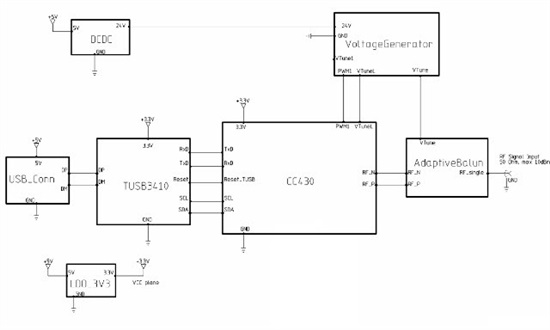Hello Forum members...
I was wondering if there is a way of making any 'variable frequency balun' or adaptive balun which can be tuned in the circuit for any specific transmitting or receiving frequency. The radio module will have a wide range of frequencies covering most of the sub 1 GHz ISM bands. Eg: CC1101. If I have to use a wide band, say from 315MHz to 915MHz, I have to change the balun circuit and mostly its component values. I don't want to use multiple balun chips like the JTI ones in a single circuit. Is their any way I can make it adaptable for all frequencies I wish to work with? Something like the SA430 USB Spectrum Analyzer have???
Thanks...


